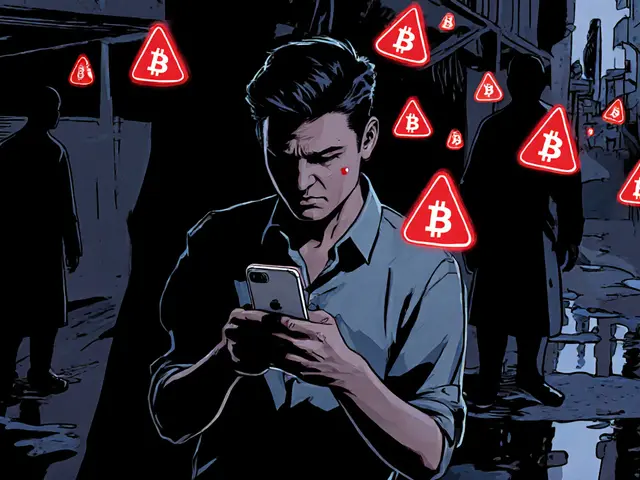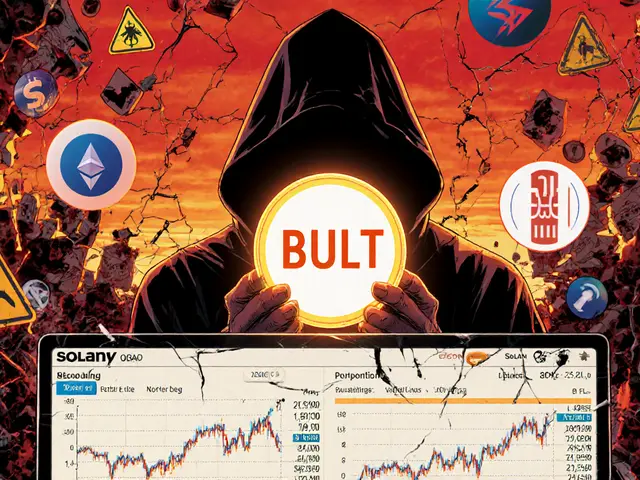Myanmar Crypto Scam: How Scammers Target Investors in Southeast Asia
When people talk about the Myanmar crypto scam, a growing pattern of fraudulent crypto schemes centered in Myanmar that lure victims with fake investment opportunities, often tied to Ponzi structures or fake exchanges. Also known as Southeast Asian crypto fraud, it's not just random hacking—it's organized, targeted, and often linked to criminal networks exploiting political instability. Unlike typical rug pulls that vanish overnight, these scams are built to last months, using local agents, social media influencers, and even fake government endorsements to appear legitimate.
These operations often start with a simple promise: join a Telegram group, invest in a new token, and earn 5% daily. The token? Usually a low-liquidity BEP-20 coin with no real use case—sound familiar? It’s the same pattern seen in rug pull cryptocurrency, a scam where developers create a fake project, hype it up, then disappear with all the invested funds. Also known as crypto exit scam, this tactic is the backbone of most Myanmar-based frauds. What makes Myanmar different is the scale and protection. Criminals operate from unregulated zones near the Thai border, using shell companies and cash-out networks through neighboring countries. Victims? Mostly young people in Thailand, India, and even the U.S., lured by YouTube ads promising quick riches.
The tools are simple: fake websites that look like Binance, cloned apps with fake customer support, and influencers paid in crypto to push these projects. Some even mimic real DeFi platforms, using similar logos and domain names. The crypto investment scam, any scheme designed to trick people into handing over funds under false pretenses, often with promises of guaranteed returns. Also known as Ponzi crypto scheme, it thrives where oversight is weak and victims are eager to believe. Once the money flows in, the team vanishes. Wallets are drained. Telegram groups go silent. And the victims? Left with nothing but a broken phone and a sinking feeling.
What’s worse? Law enforcement in Myanmar doesn’t pursue these cases. The same groups behind the scams are often tied to armed factions or cybercrime rings that operate with impunity. Even when victims report to Interpol or local police abroad, the trail ends at the Myanmar border. There’s no extradition. No cooperation. Just silence.
But you’re not powerless. Spotting these scams isn’t hard if you know what to look for. No whitepaper? Red flag. No team names? Red flag. Pressure to invest fast? Red flag. If a project claims to be "officially endorsed" by a government or bank in Myanmar, it’s fake—there are no such endorsements. Real crypto projects don’t need to beg you to join. They let their code and community speak.
Below, you’ll find real case studies, breakdowns of the most common scams tied to Myanmar, and step-by-step guides on how to protect yourself. You’ll learn how to spot fake exchanges, verify token contracts, and avoid the traps that have cost thousands their life savings. These aren’t theories. These are patterns pulled from actual victims, blockchain forensics, and reports from regional security teams. If you’ve ever been tempted by a "guaranteed" crypto return from Southeast Asia, this is your warning—and your defense.

Myanmar-based crypto scam networks stole nearly $10 billion from Americans in 2024, using romance scams and forced labor. U.S. sanctions targeted the operators, but the crisis continues as victims and workers remain trapped.
Continue Reading





